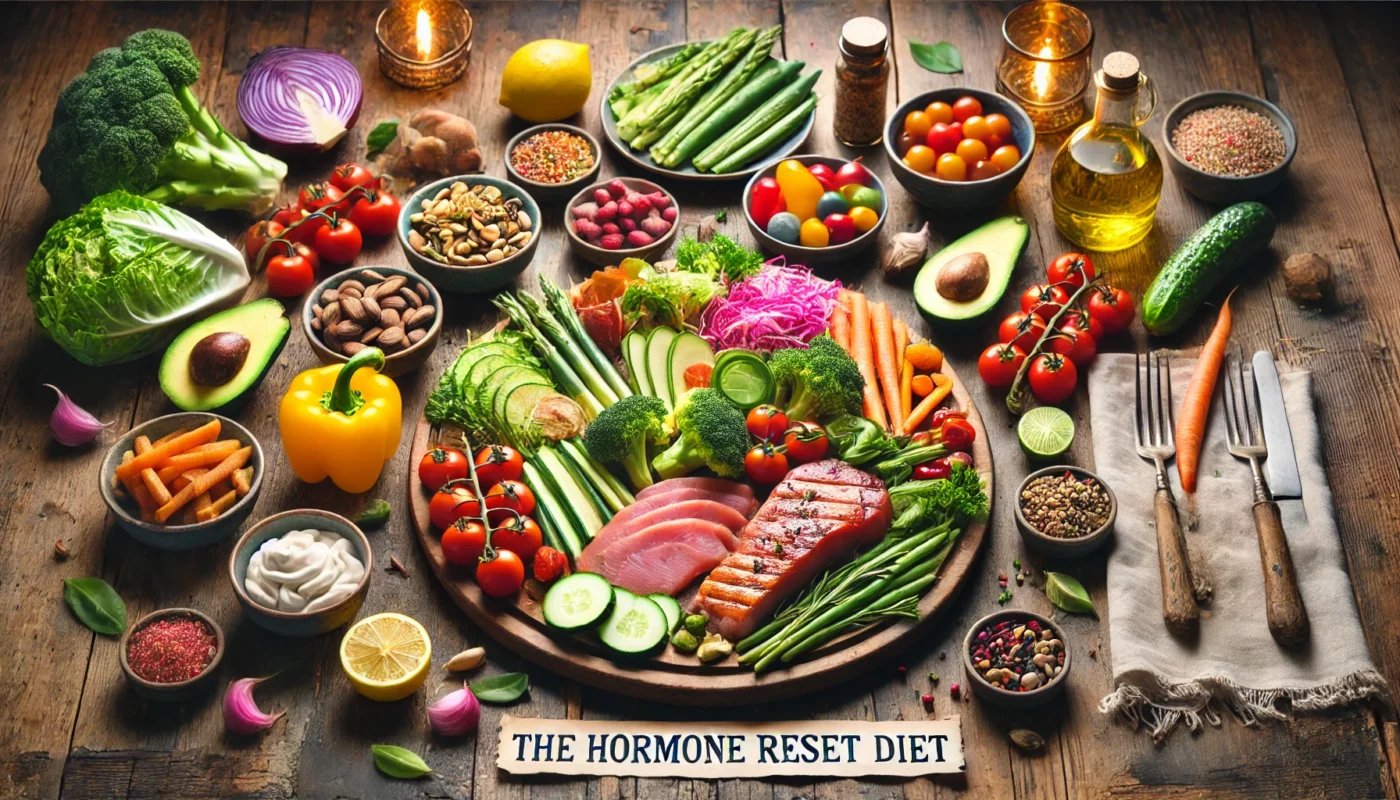Reducing belly fat is a common goal among women striving for a healthier lifestyle and a more toned physique. While spot reduction is largely a myth, incorporating specific exercises into your routine can help you achieve a flatter stomach by burning overall body fat and strengthening the core. In this comprehensive guide, we will delve into effective exercises that target belly fat and explore the scientific principles behind them to help you make informed decisions about your fitness journey.
Tag Archives: Weight Loss
Hormones are chemical messengers that regulate a multitude of bodily functions, including metabolism, mood, growth, and reproductive processes. When these hormones are out of balance, you may experience symptoms such as fatigue, weight gain, mood swings, and digestive issues. Understanding the root causes of hormonal imbalance is crucial to effectively addressing them.
Bursitis can be a painful condition. It’s characterized by inflammation in the bursae, small fluid-filled sacs that cushion your joints.
If you’re dealing with bursitis, you’re likely seeking ways to alleviate the discomfort. One approach that often gets overlooked is diet.
Diet plays a crucial role in managing inflammation in the body. Certain foods can exacerbate inflammation, while others can help to reduce it.
In this comprehensive guide, we’ll delve into the relationship between bursitis and diet. We’ll explore foods that can potentially worsen bursitis symptoms, and those that can help to alleviate them.
We’ll also provide practical strategies for implementing dietary changes. These strategies are designed to help manage bursitis symptoms and improve overall wellbeing.
This guide is backed by scientific research, making complex health concepts accessible and easy to understand. Whether you’re a fitness enthusiast, a health enthusiast, or a medical patient, this guide is for you.
By the end of this article, you’ll have a better understanding of how to use diet as a tool to manage bursitis pain. Let’s embark on this journey towards improved health and wellbeing together.
Cortisol, often referred to as the “stress hormone,” plays a crucial role in our bodies. It helps regulate our response to stress, maintain blood sugar levels, and reduce inflammation. However, when cortisol levels become imbalanced, it can lead to a variety of health issues.
This is where cortisol supplements come into play. They are designed to help manage cortisol levels, providing a range of potential benefits. From reducing stress to aiding weight loss, these supplements have garnered significant attention in the health and wellness sphere.
But understanding the science behind cortisol supplements can be challenging. The market is flooded with various products, each claiming to be the best. It’s essential to cut through the noise and understand what truly works.
Hypertension, or high blood pressure, is a prevalent and serious health condition affecting over 1.28 billion people globally, according to the World Health Organization (WHO). Characterized by persistently elevated blood pressure levels of 130/80 mmHg or higher, hypertension increases the risk of cardiovascular diseases, kidney failure, and stroke. While medication is often prescribed to manage the condition, many individuals can make significant improvements by adopting healthier daily habits. This article explores evidence-based routines that can help lower blood pressure naturally and support long-term cardiovascular health.
Hypertension, or high blood pressure, is a global health challenge affecting nearly half of the adult population, according to the World Health Organization (WHO). Managing hypertension is essential to reducing the risk of cardiovascular disease, stroke, and kidney damage. Diet plays a crucial role in regulating blood pressure, and in recent years, low-carbohydrate diets, including ketogenic (keto) eating patterns, have gained popularity for weight loss and metabolic health. However, their impact on hypertension remains a topic of debate. This article examines the relationship between low-carb diets and blood pressure, exploring whether these eating patterns help or hurt individuals managing hypertension.






